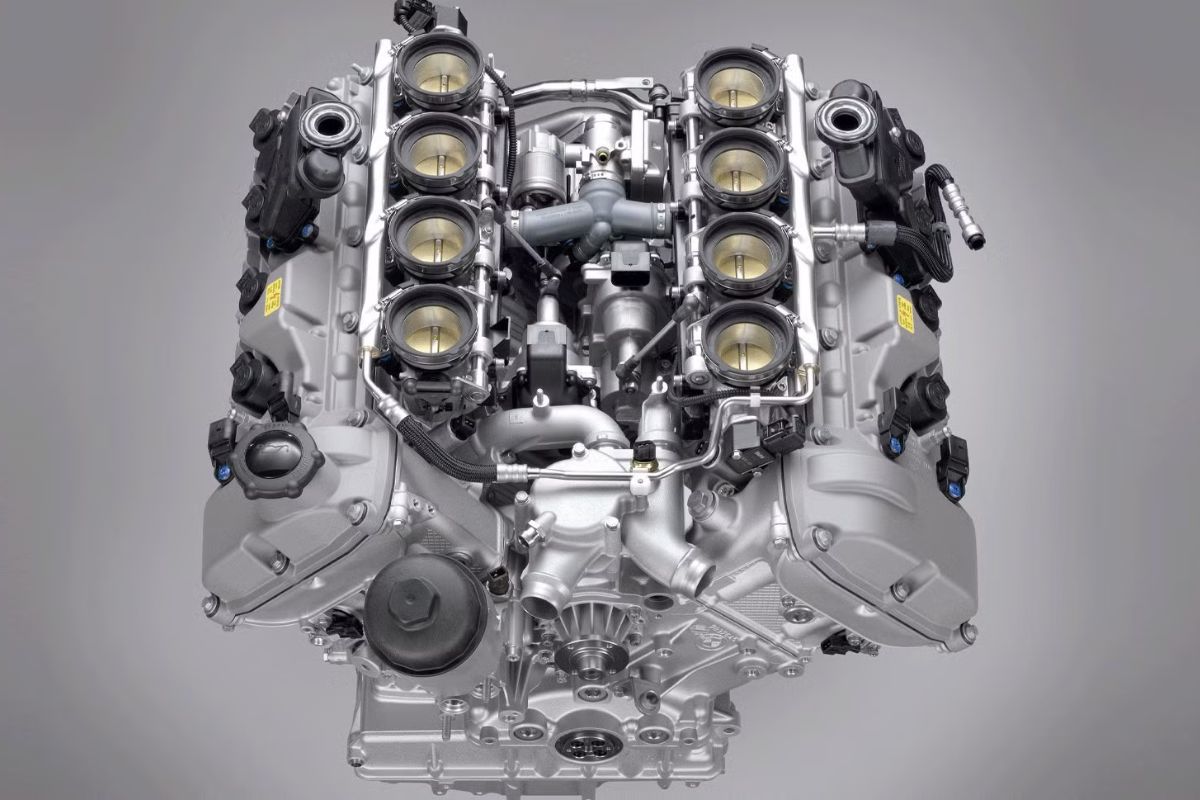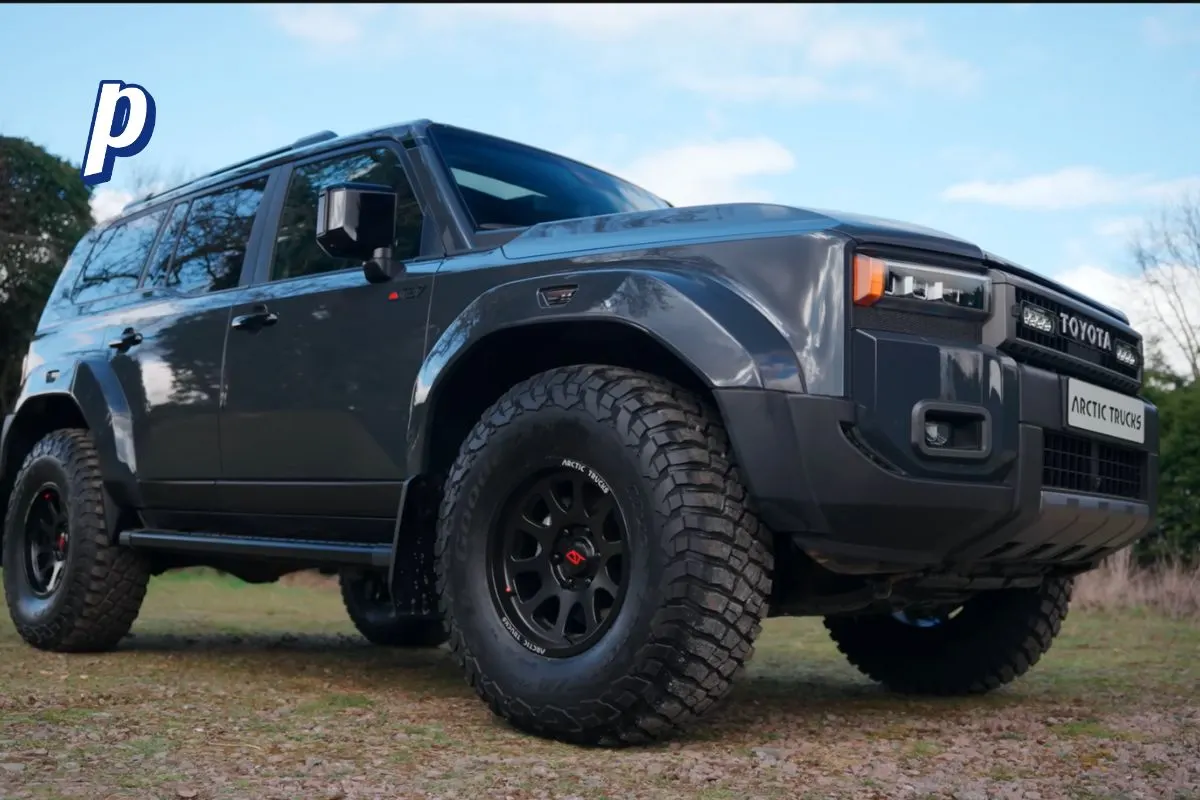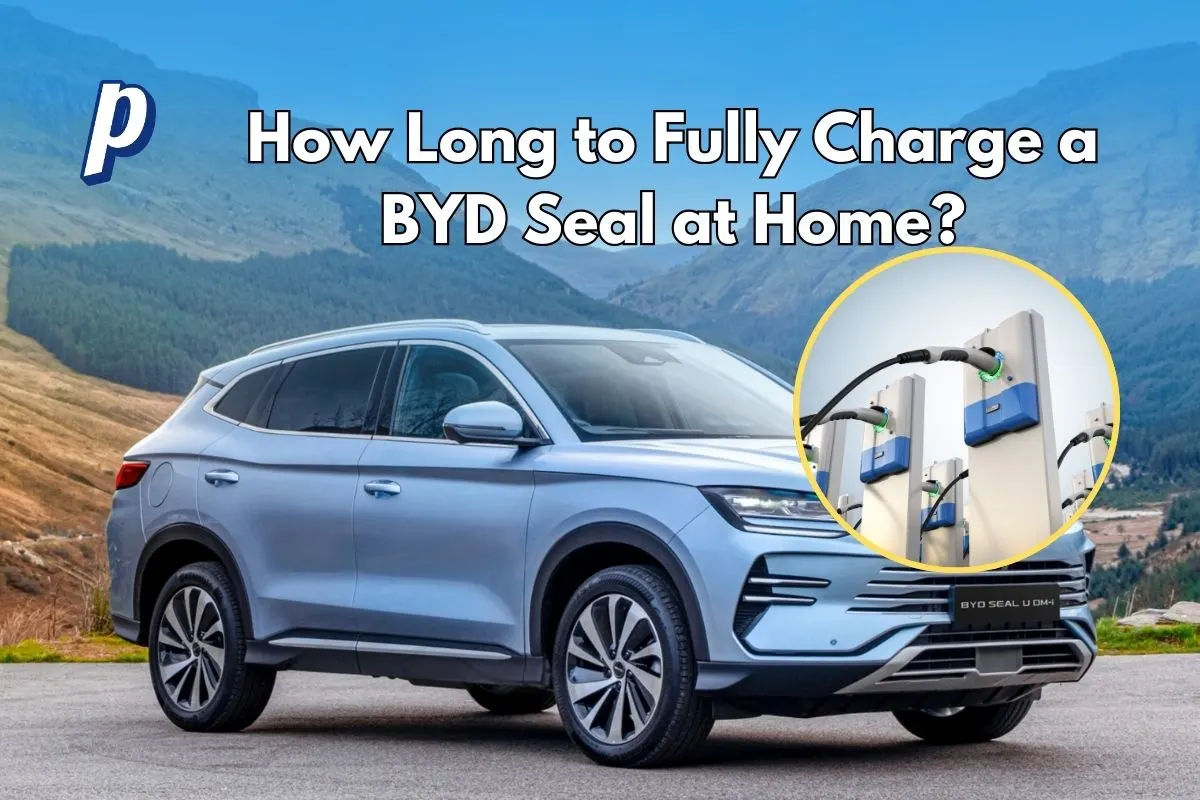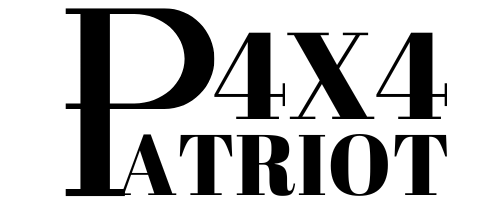Discover whether V8 engines are less reliable than other powertrains. This comprehensive article examines the factors affecting reliability, maintenance costs, and performance comparisons with V6 and inline-4 engines.
The debate surrounding the reliability of V8 engines compared to other powertrains, such as V6s or inline-4s, has been a long-standing topic among automotive enthusiasts and potential car buyers. While many people associate V8 engines with power and performance, concerns about their reliability often arise due to their complexity and maintenance requirements. This article explores the factors influencing the reliability of V8 engines, compares them with other engine types, and provides insights into their long-term performance.
Understanding V8 Engine Design
V8 engines consist of eight cylinders arranged in a “V” configuration. This design allows for greater power output and torque compared to smaller engine configurations. However, this increased complexity can lead to potential reliability issues.
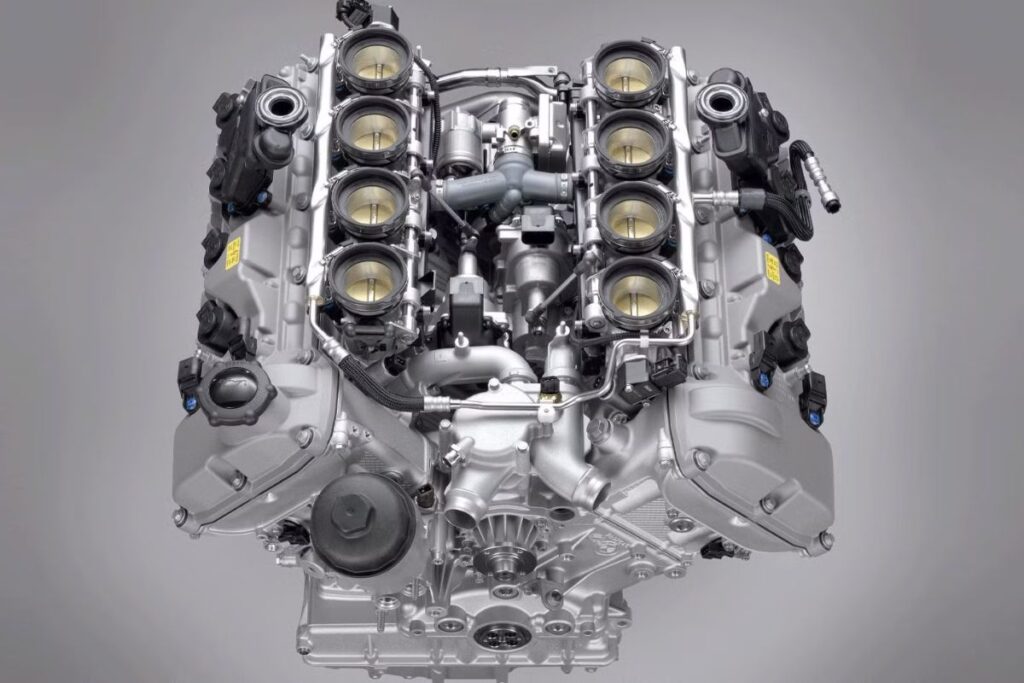
Key Characteristics of V8 Engines
- Power and Torque: V8s deliver high horsepower and torque, making them ideal for towing and high-performance applications.
- Complexity: With more moving parts than a V6 or inline-4 engine, V8s can experience more wear and tear over time.
- Weight: The additional weight of a V8 engine can impact vehicle dynamics and fuel efficiency.
Reliability Factors for V8 Engines
Several factors contribute to the overall reliability of V8 engines:
1. Design Complexity
V8 engines typically have more components than smaller engines. This includes:
- More Moving Parts: With eight cylinders, there are more pistons, valves, and camshafts that can potentially fail.
- Cooling Requirements: Due to higher heat generation from more cylinders firing simultaneously, V8s often require more robust cooling systems. If these systems fail, it can lead to overheating and severe damage.
2. Maintenance Needs
Regular maintenance is crucial for the longevity of any engine type. However, V8s often require more intensive care:
- Oil Changes: They usually have larger oil pans and require more oil during changes.
- Spark Plugs: With eight spark plugs instead of six (as in a V6), maintenance costs can increase over time.
3. Driving Habits
V8 engines are often found in high-performance vehicles that may be driven harder than their smaller counterparts:
- Aggressive Driving: Drivers may push V8s to their limits more frequently, leading to increased wear and potential failures.
read more: Understanding the SR5 Trim Level in Toyota Vehicles
Comparing Reliability: V6 vs. V8 vs. Inline-4
To better understand how V8 engines stack up against other configurations, let’s compare them on several key metrics:
| Feature | V8 Engines | V6 Engines | Inline-4 Engines |
|---|---|---|---|
| Power Output | High | Moderate | Low to Moderate |
| Complexity | High | Moderate | Low |
| Maintenance Costs | Higher | Moderate | Lower |
| Fuel Efficiency | Lower | Moderate | Higher |
| Longevity | Good (with care) | Excellent | Excellent |
- Power Output
- V8 engines excel in power output, making them suitable for heavy-duty applications like towing. In contrast, while V6s provide decent power levels for everyday driving, inline-4 engines are generally less powerful but more fuel-efficient.
- Complexity
- The complexity of a V8 can lead to higher maintenance costs compared to simpler engine designs like the inline-4. Fewer moving parts in an inline-4 generally mean fewer chances for failure.
- Maintenance Costs
- Due to their complexity and the need for more frequent servicing (like oil changes and spark plug replacements), the overall maintenance costs for V8 engines tend to be higher than those for both V6 and inline-4 engines.
- Fuel Efficiency
- V8s are known for lower fuel efficiency compared to their smaller counterparts. This is a significant consideration for buyers looking for economical daily drivers.
Real-World Reliability Examples
While generalizations can be useful, specific examples illustrate the reliability of various engine types:
- 1. Chevy Small Block 350
- The Chevy 350 is one of the most renowned V8 engines known for its durability. Many owners report that with proper maintenance, these engines can exceed 300,000 miles without major issues.
- 2. Ford Modular 4.6L
- Ford’s 4.6L modular engine has also proven reliable over time but requires consistent maintenance due to its complexity.
- 3. Toyota 3.5L V6
- In contrast, many Toyota vehicles equipped with a 3.5L V6 have shown exceptional reliability ratings and lower maintenance costs over time.
Common Issues with V8 Engines
Despite their strengths, certain issues are commonly associated with V8 engines:
- 1. Overheating
- Due to their design, if cooling systems fail or become inadequate, overheating can occur—leading to catastrophic engine failure if not addressed promptly.
- 2. Oil Leaks
- With more components comes a higher likelihood of oil leaks from gaskets or seals wearing out over time.
- 3. Fuel System Problems
- High-performance demands can lead to fuel system issues that may not be as prevalent in smaller engines.
Conclusion: Are V8 Engines Less Reliable?
In summary, while it may seem that vehicles with V8 engines could be less reliable due to their complexity and higher maintenance needs, this is not universally true. Reliability largely depends on several factors:
- The specific engine design
- Maintenance practices
- Driving habits
Many well-designed V8s offer excellent longevity when properly maintained; however, they do require more attention compared to simpler configurations like inline-4 or even some V6 engines.
Ultimately, choosing between a V8 and other powertrains should consider personal driving needs—whether you prioritize raw power or seek an economical vehicle with lower long-term costs. By understanding these dynamics better, potential buyers can make informed decisions tailored to their lifestyles.
This comprehensive analysis highlights the nuances of engine reliability across different configurations while addressing common misconceptions regarding the durability of V8 engines compared to other types.
